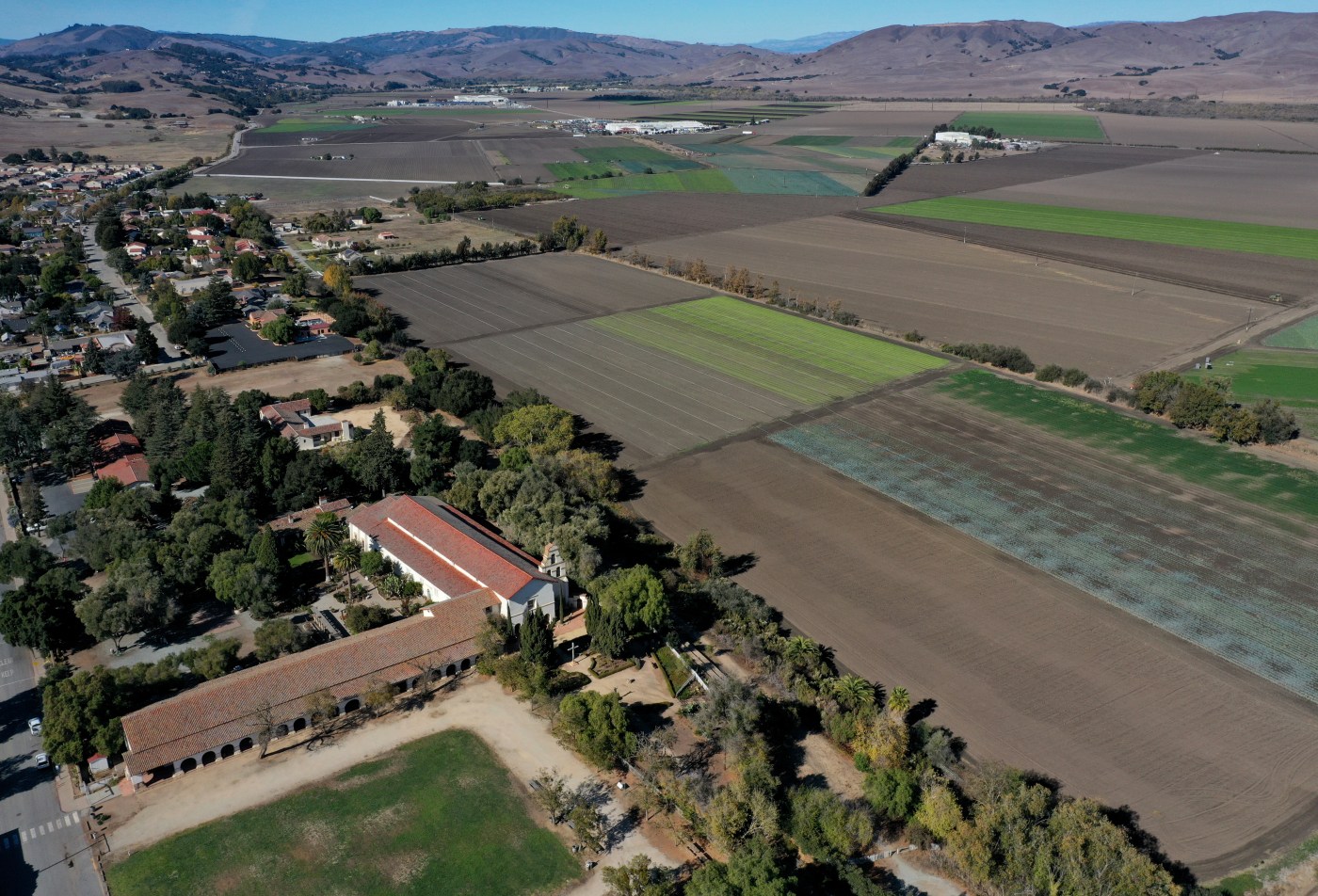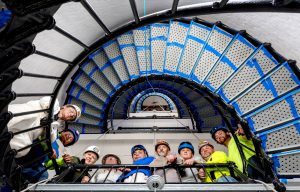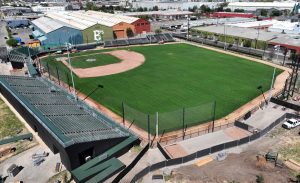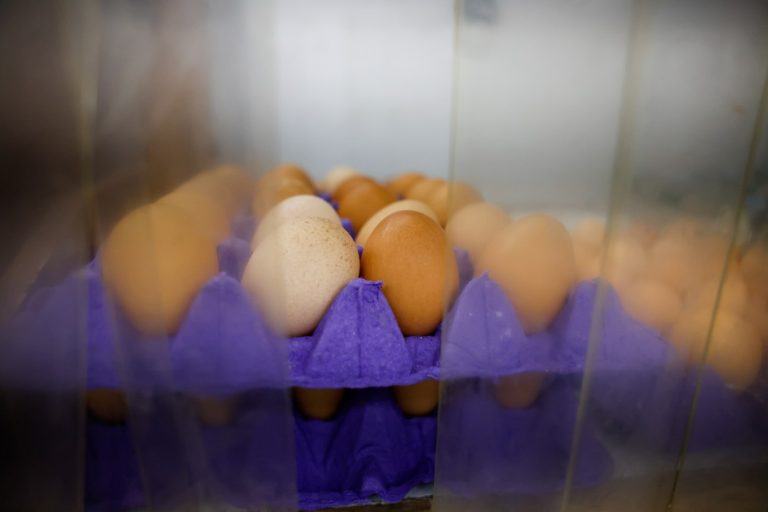Hollister is 45 miles south of downtown San Jose — a small town that can seem a world away from the freeways and office towers of Silicon Valley. But a measure heading to voters this fall could have big impacts on both communities.
Saying that Silicon Valley residents seeking cheaper housing are bringing too much traffic and sprawl, activists in San Benito County, the rural county touching Santa Clara County’s southern edges, have qualified a measure for the November ballot that could dramatically put the brakes on new development there.
The measure, if approved by a majority of San Benito County residents, would ban most new development on land zoned for farming and ranching in the county unless it is approved by voters.
The area is famous for its rolling ranchlands, the soaring California condors of Pinnacles National Park, and the 18th-century Spanish mission at San Juan Bautista.
As housing prices in the Bay Area have continued to surge, more development in San Benito County is bringing a new generation of commuters, a need to build new schools and stores, and losses of orchards and farmlands to become suburbs — not unlike what happened in Santa Clara County in the 1950s and 1960s, some say.
“We’re growing extremely rapidly,” said Andy Hsia-Coron, a retired school teacher who is one of the organizers of the initiative. “There are forces in Silicon Valley looking to use our county for housing and dumping their garbage. It’s a rural county next to a huge metropolitan area. And we are paying the consequences of that.”
In 2022, Andy Hsia-Coron hands out a Measure Q flyers to residents outside the post office in San Juan Bautista. After Measure Q, was defeated two years ago, Hsia-Coron is one of the organizers of a similar initiative that could dramatically put the brakes on new development in the area. (Jane Tyska/Bay Area News Group)
Opponents say such measures can go too far, limit property rights and stall local economic growth.
“Land use measures of this type are pretty drastic,” said Donald Wirz, president of the San Benito County Farm Bureau in Hollister. “It makes it so that farmers and ranchers are stuck in terms of the improvements they can make on their land. It makes it more difficult to get bank loans, and can limit property owners’ flexibility.”
From 2020 to 2023, San Benito was the fastest growing of all 58 counties in California, according to the U.S. Census, growing by 5.6%. By comparison, the nine Bay Area counties each lost between 1% and 7% of their populations over that same time.
San Benito County starts from a much smaller population base, however. Even though its land area is the same size as its adjacent neighbor, its population is only 3% as big — 68,175 in 2023 — about the same as Santa Clara County’s population was in 1910.
In 2022, a portion of the Fairview New Community proposed development in a drone view looking east near Hollister, Calif. Activists in San Benito County have qualified a measure for the November ballot that could dramatically put the brakes on new development there. (Jane Tyska/Bay Area News Group)
Napa, Sonoma and Ventura counties already require voter approval to change the zoning and develop orchards, ranchlands, vineyards and farms. Backers of the ballot measure say San Benito County needs that protection also.
“County supervisors allowed developers to cut down our orchards and build subdivisions to house Silicon Valley workers,” the November ballot measure says. “For many years, inadequate road impact fees allowed our roads to deteriorate. Our schools are overcrowded and residents feel that the supervisors have not required developers to do enough to support our schools. A majority of San Benito residents live in areas with less than three acres of parks or open space for every 1,000 residents. Many residents now realize that our supervisors’ cumulative land use decisions are negatively impacting our quality of life. Our peaceful, rural lifestyle is disappearing.”
Related Articles
Mayor: San Jose must tackle ‘crisis of homelessness’ and make tough choices
New renderings show plans for ex-Sunset campus in Menlo Park
San Jose housing project will flatten nearly all of former Burbank Theater
Cupertino’s largest-ever housing project nears construction start
Hundreds of homes, some affordable, may sprout at big Fremont office complex
Environmental groups and slow-growth advocates have had mixed success in keeping the rural county from becoming a bedroom community of its Silicon Valley neighbor, and in blocking uses that some say threaten the relatively pristine landscape.
Ten years ago, San Benito County voters shocked the oil industry when they passed a ban on fracking. In 2020, voters also killed a plan to build hotels, gas stations and restaurants at four locations along Highway 101 south of the Santa Clara County line.
But the slow-growth forces suffered a setback two years ago when voters defeated a similar measure to the current ballot initiative.
The San Benito County Farm Bureau, the San Benito Chamber of Commerce, and various unions came out against the measure, saying it went too far. The Board of Supervisors voted 4-1 to oppose it.
Supporters of that initiative, Measure Q, included the Sierra Club Loma Prieta Chapter, the Santa Clara Valley Audubon Society, Green Foothills and Save Mount Diablo. But opponents outspent them 10-1, and the initiative failed.
This time, Hsia-Coron said, things are different.
Voter turnout is expected to be much larger this fall than it was two years ago because of the presidential race, he said. And in March, voters installed a more slow-growth majority to the county board of supervisors. That vote followed a controversial proposal to expand the John Smith Road Landfill near Hollister fivefold to accept more waste from Santa Clara County and other Bay Area counties.
Waste Connections, the Texas-based company that operates the landfill, withdrew the plans in April amid broad public opposition. The debate brought people to planning commission meetings in large numbers, voicing concerns about more garbage trucks on narrow roads, water pollution and other impacts. Yard signs sprouted. And the slow-growth advocates, called the Campaign to Protect San Benito, had no trouble collecting nearly twice as many signatures as they needed to qualify for the November ballot after they told people its passage would block future landfill expansions without a public vote.
“The frustrations are really growing,” said Hsia-Coron.
There are a few exceptions in the proposed new rules. Public facilities like libraries and schools as well as housing needed to meet state-mandated quotas could be built on farmland without a public vote.
That’s OK, said Hsia-Coron. But excessive sprawl development is not.
“Since most of the new folks who are moving here are working in Silicon Valley, it’s not a very feasible model for them to be driving three hours a day to and from work,” he said. “The housing needs to be closer to where people are working. They are pricing the locals out of the market here.”












